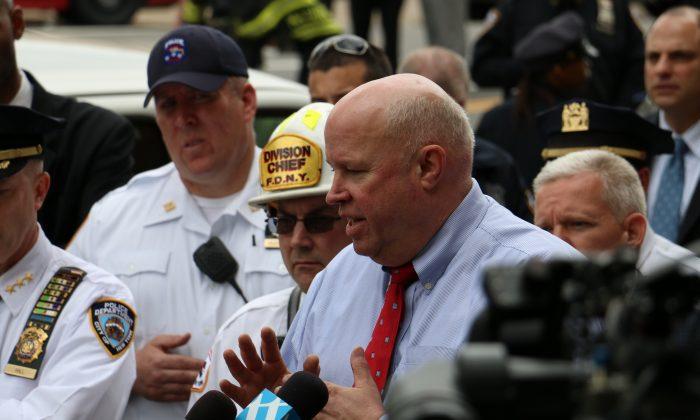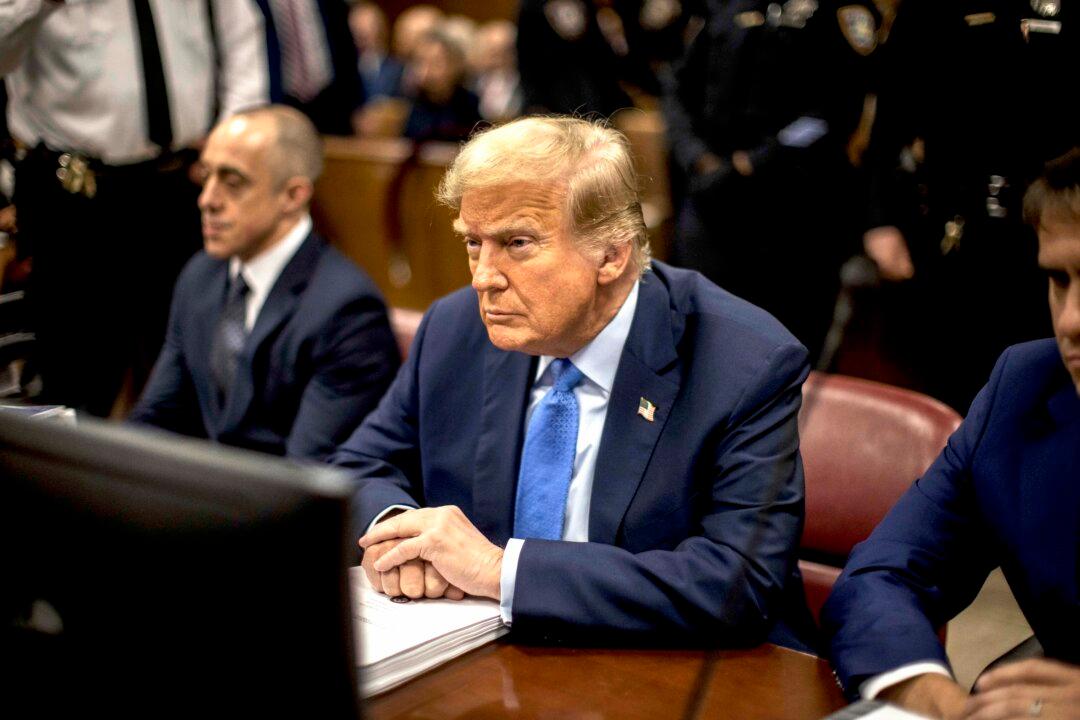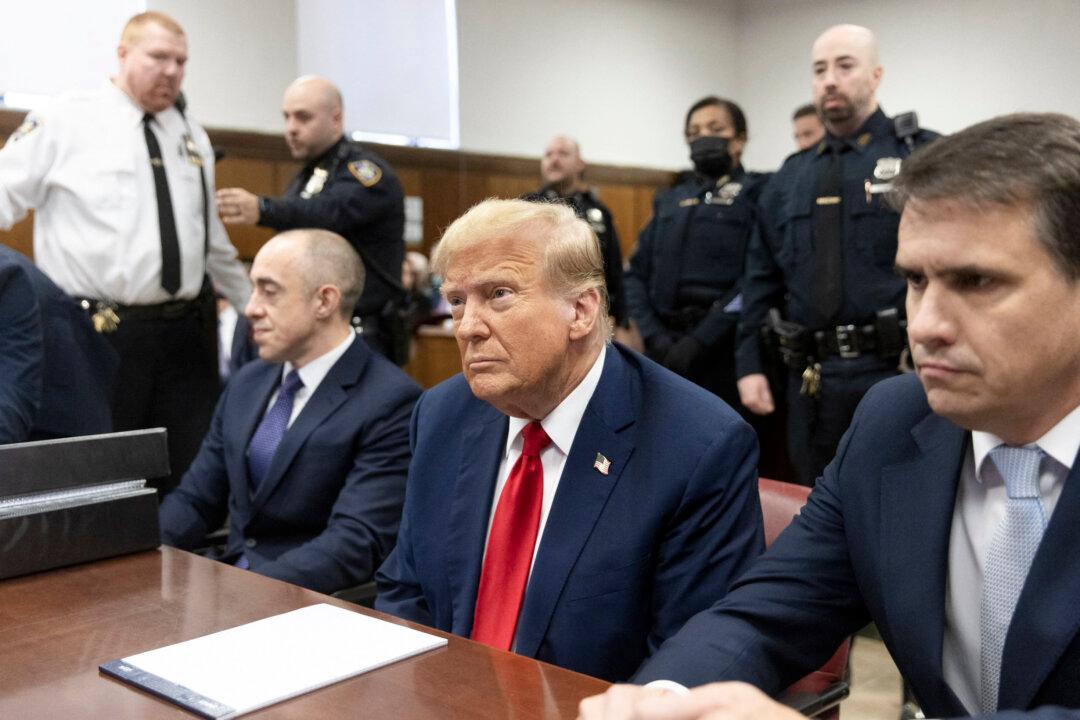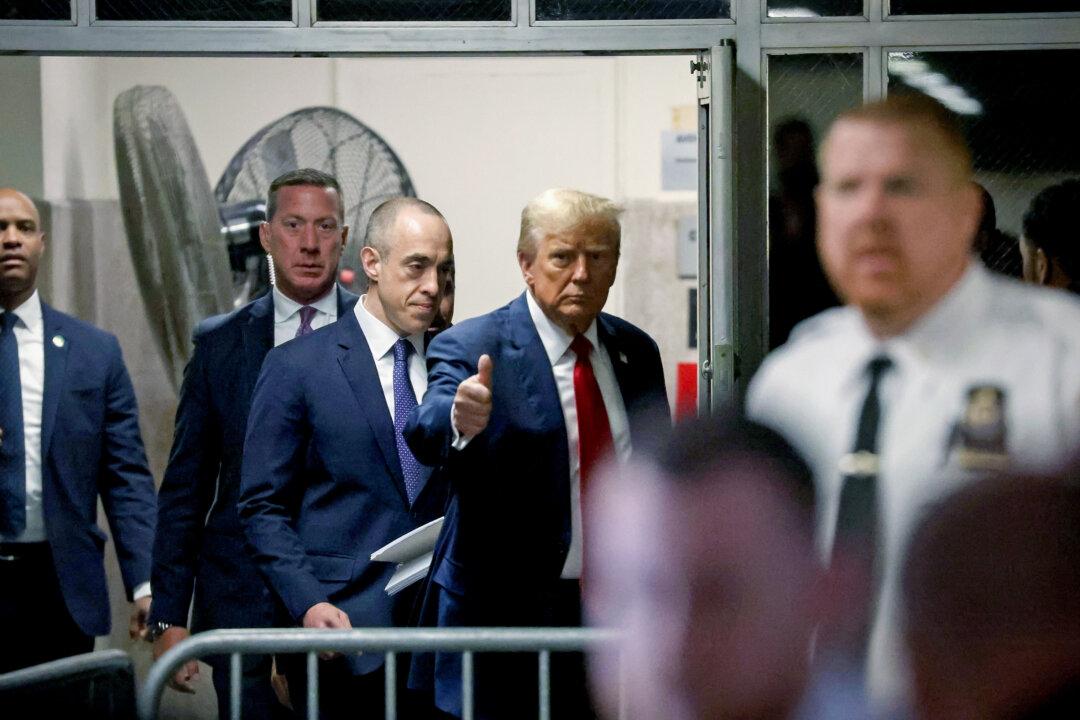The Metropolitan Transportation Authority (MTA) runs the world’s largest 24-hour transit system and has proposed a $32 billion capital budget to maintain and expand it through 2019.
The budget faces a huge shortfall—$15.2 billion is unfunded.
But the attention on the funding gap is distracting watch groups from a bigger question, according to the non-profit civic organization Citizen’s Budget Commission (CBC).
Namely, too much money is being spent on large expansion projects without final budgets, and too little is being spent on maintaining the system, CBC says in a new briefing.
“Commitments to expansion projects might best be postponed until an improved planning process is established and used to assess multiple potential projects,” said CBC’s consulting co-research director Charles Brecher in a press release.
State of Good Repair
According to the CBC report, MTA’s investment in maintaining the system is insufficient. Termed “state of good repair” (SOGR) investments, they become very expensive very quickly because the MTA system is worth almost $1 trillion.
Over half the budget is allocated to SOGR, but that still falls short of MTA’s own needs assessment reports.
The capital program allocates 19 percent less ($5.4 billion) to SOGR than the needs assessment did. Furthermore, CBC says MTA’s assessments were conservative.
At the rate MTA is modernizing signals, the vast majority of the system will be outdated for another 20 years, CBC said.

Conversely, the report states, there is poor planning and thus possible over-spending and over-allocation of funds to megaprojects like Second Avenue Subway.
CBC says there is a “lack of clear priorities for selecting projects and weak capacity for implementing projects efficiently.”
Megaprojects and The Sell
The MTA has acknowledged the criticism of budget overruns on these megaprojects several times.
“Megaprojects are not the core competency of the Metropolitan Transportation Authority, and I’m not so sure they should ever be,” said MTA chair Tom Prendergast at an ABNY (Association for a Better New York) breakfast recently.
He said there was a need to transfer the risk to the private sector in the future.
Yet the MTA cannot afford to stop or delay these projects. Part of the funding for these ongoing projects came from the federal government, and stopping the projects would mean the MTA would have to repay those funds, said Veronica Vanterpool, executive director of the Tri-State Transportation Campaign (TSTC).
But getting the plan approved is very much a political process, Vanterpool said, and the cost and schedule overruns for East Avenue Access and Second Avenue Subway “erodes confidence in MTA as a transit provider.”
The MTA Capital Program began in 1982. At the time the system and ridership were declining, and the system was failing and crime-ridden.
It was near “total collapse,” according to an NYU Wagner report. Now the crisis “has become a dim memory.”
And herein lies a large part of the problem, according to MTA chair Tom Prendergast, who in past weeks has been meeting with a variety of groups in hopes of rallying political support for a $32 billion plan.
“I don’t think we’ve ever consciously undersold the system—we’ve never consciously sold the value of the system,” Prendergast said at a board meeting.
Fare Increases?
CBC, TSTC, and the state comptroller are among those watching the MTA budget that have said the $32 billion figure is modest when put in the context of how much MTA infrastructure needs improvements.
Governor Andrew Cuomo has already called the budget “bloated,” though he expressed confidence in the state being able to help fund the plan.
The program, with its $15.2 billion shortfall, does not currently account for any dollars from the state.
Vanterpool says it is the state’s responsibility to come up with the funding, or new sources of funding. The New York City government, which has not increased its contribution in a decade despite increasing subway and bus ridership should be contributing more as well, she said.
CBC president Carol Kellermann has advocated for fare increases. Other systems in other cities have riders paying for a higher percentage of the costs, but those transit systems are not always at a similar scale.
State comptroller Thomas DiNapoli published a report Tuesday stating riders faced an additional 1 percent fare increase. There is already an annual 2 percent increase set in place.
“Additional borrowing could increase pressure on fares and tolls, and while the MTA should look for opportunities for savings, deep cuts could affect the future reliability of the transit system and jeopardize expansion projects,” DiNapoli stated in a press release.
MTA’s last capital budget had a $9.9 billion funding gap that was closed by scaling back projects, according to the comptroller. He has said they cannot afford to keep doing so at the expense of maintaining infrastructure.
Every $1 billion borrowed would increase MTA’s debt service comparable to a 1 percent increase in fares and tolls, according to DiNapoli.
MTA’s debt is projected to reach $39 billion by 2018, twice the amount in 2003.




